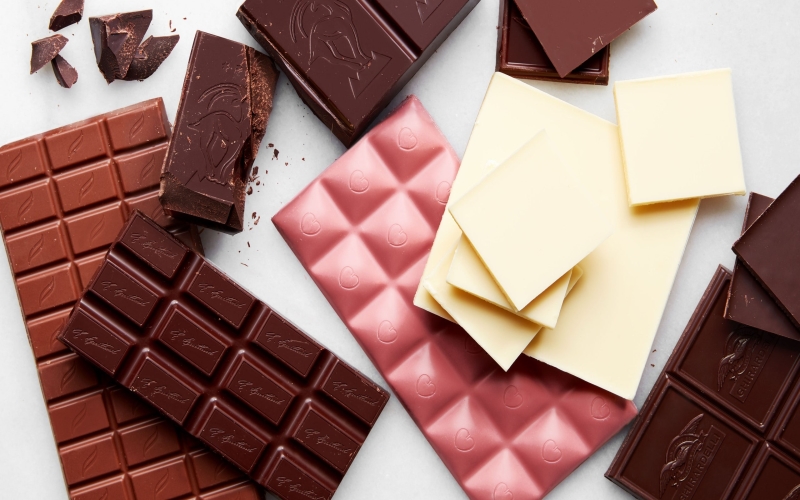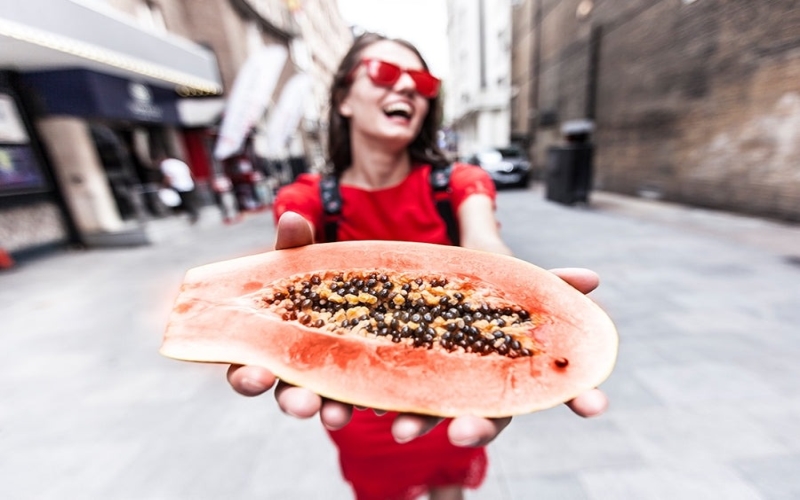
Why Handmade Fine Chocolate Deserves a Special Place in Your Pantry
Chocolate is a difficult product to work with. It needs to be handled properly to ensure the smooth texture and glossy shine that distinguishes artisan chocolate.
It is best to store chocolate in a cool dark place. This will keep it away from heat and moisture, which can affect its taste and texture.
No Artificial Ingredients
A key difference between artisan chocolate and industrially made candy is that it does not contain artificial ingredients. While some artisan chocolate makers use some non-natural flavorings, it is not required for this type of confectionery. Industrially made candy, on the other hand, will often include many artificial flavors, syrups, and fillings to save money in production.
In addition, artisan chocolate is made in small batches, so each piece will look and taste slightly different. This allows the chocolatier to add a variety of interesting textures and design features.
For example, a local Connecticut in Style reader makes her amazing chocolate using a unique technique called “dipped and swirled.” Each piece is then decorated with edible gold dust, adding a beautiful shimmer.
Other artisan chocolate makers like Island Sharks Chocolate use a bean-to-bar approach to create their fine chocolates. This means the cocoa beans are directly sourced from the farmer in order to ensure the highest quality of cacao.
No Preservatives
Chocolate lovers know that real chocolate doesn’t contain artificial ingredients. Chemical preservatives can dull the flavor of chocolate and give it an unpleasant aftertaste.
High-quality chocolate will have a strong, pleasant smell. It should also be a good color, without any streaks or blotches. If it smells strange or off, it may have been stored improperly and soaked up scents from other food products.
To truly be considered chocolate, it should contain cocoa liquor and sugar. Some sneaky chocolate makers will add ingredients other than these to create a “chocolate-like” product for a cheap price. This practice can be very difficult to detect, as these companies will often use small amounts of poor-quality cacao beans and larger quantities of high-quality cacao beans to make up the difference.
True chocolate makers will only work with great skills and excellent quality ingredients. They will also have a commitment to their cocoa growers and farmers to ensure that the cacao beans are ethically sourced.
No Additives
When you eat Hershey chocolate chips, Reese’s peanut butter cups, or a hazelnut Russell Stover bar, you are likely consuming additives like soy lecithin. This chemical helps the chocolate to hold its shape, resist freezer burn, and avoid “bloom” — that light brown or whiteish powdery appearance that can occur when chocolate becomes old, damaged, or heated and cooled too quickly.
While the bulk of factory-made chocolate has additives, hand-crafted chocolate does not. This is because chocolate makers are creating each chocolate individually rather than on a large scale with industrial machinery. This allows each chocolate to have a unique look and feel and allows the chocolatier to coax more complex flavors from each cocoa bean. This artisanal approach also helps fine chocolate maintain its texture without additives. Adding too many additives can result in an unpleasantly grainy or chalky texture.
No Genetically Modified Ingredients
Most candy sold in stores is made on a massive scale using industrial machinery. This results in every chocolate looking the same and containing a lot of unneeded additives.
Fine chocolate makers are small, and their products are created individually. They have a much closer connection to their ingredients and don’t have the same need for mass production.
Because of this, they are more likely to be free of genetically modified ingredients. A good way to tell if chocolate is GMO-free is to look for the USDA Organic or Non-GMO Project-verified seals on the packaging. These certifications require third parties to test foods and their ingredients to make sure they’re not modified.
Another thing to check for is if the chocolate has a fair-trade label. Companies that carry this stamp must pay cacao farmers fair prices and use sustainable farming practices. They also won’t contain dairy from cows that are given growth hormones (rBGH) – a common ingredient in cheaper conventional chocolate.
No High Fructose Corn Syrup
Most commercial chocolate syrup contains many ingredients you can’t pronounce. You also don’t know what they’re doing to your arteries and blood sugar levels. High Fructose Corn Syrup (HFCS) is a highly processed, industrial food additive that’s found in sodas, cookies, crackers, chips, and many other grocery store products.
Making your own chocolate syrup isn’t difficult, and you can rest assured that there’s no HFCS lurking in it. It’s easy, cheap, and tastes just as good – if not better than Hershey’s syrup. It’s perfect for topping ice cream, adding to smoothies and drinks, and making homemade chocolate milk. You can even freeze it in a mason jar or other glass container for later use! It’s important to sift the cocoa powder first to make sure there are no lumps. Using a higher-quality cocoa powder will result in a more decadent chocolate flavor. This syrup can be stored in the fridge once cool but is best served warm.
No Sugar Alcohols
In addition to being delicious, our chocolate is free from the artificial sweeteners, syrups, and fillings used by many mass-produced brands. While these additives may offer a quick fix for your sweet tooth, they do not provide the nutritional benefits of dark artisan chocolate.
Natural sweeteners like stevia and xylitol are found in nature but do not provide the same sweetness or texture as sugar. Additionally, stevia has a bitter aftertaste that can leave you feeling sick to your stomach, and xylitol is known to cause GI distress in some people.
Rare sugar alcohols such as erythritol and allulose can be extracted from plants but are expensive to produce. These sugar alcohols are similar to table sugar in texture and flavor but have a much lower calorie count. Until they become more affordable to extract and produce, it’s unlikely that you will find these in chocolate products sold at large retailers.
No Artificial Colors
The vast majority of commercially made chocolate has artificial colors in it. This is because they are made on a large scale using industrial machinery. This allows them to make more chocolate at once and make each piece look very similar.
Handmade chocolates are made in small batches and use natural flavors. This is a big difference in taste from the flavored chocolate you find in the grocery store. The flavors you find in the stores are often made with syrups and chemical fillings that take away from the flavor of the chocolate.
Handmade chocolate is also much less likely to have a problem called sugar bloom, which is when the chocolate develops a white coating on the outside. This is caused by moisture in the chocolate. This can happen in the fridge if the chocolate is stored there, and it can also occur if the chocolate is made by a large company that doesn’t use the proper tempering techniques.
No Artificial Flavors
Handmade chocolate contains natural ingredients and is free of preservatives and artificial flavors. This makes it the perfect choice for anyone with a sensitivity to these chemicals or for those who simply prefer a more natural taste.
This one-pound Deluxe Assortment is handmade the old-fashioned way, using original recipes that have been around for over a hundred years. The result is a premium assortment of buttercreams, nuts, fruits, and caramels that are rich and delicious.
Whether you’re shopping for a special occasion or just because handmade chocolate is the way to go. You’ll find a variety of mouthwatering centers like roasted hazelnuts, almonds and pistachios or buttercreams. Each piece of candy is crafted by hand. When you shop for handmade chocolate, be sure to check out the ingredients and the production process. It’s worth it!
No Animal Testing
Chocolate that is labeled as fine chocolate should have limited ingredients, high cocoa content, and a minimum percentage of sugar. The quality of fine chocolate is also based on the cocoa beans and how they are sourced. The best fine chocolate makers are dedicated to sourcing cocoa beans from single countries of origin and single farms.
Fine chocolate makers use artisanal methods to coax the most flavor out of each bean, creating a unique experience for each individual. In contrast, mass-produced industrial chocolates are often processed into a uniform consistency.
When choosing chocolate for Valentine’s Day or any occasion, make sure to support, listen to, and amplify Black voices by buying products from black-owned chocolate companies. These companies are doing great work by providing delicious chocolates while also empowering the community.






